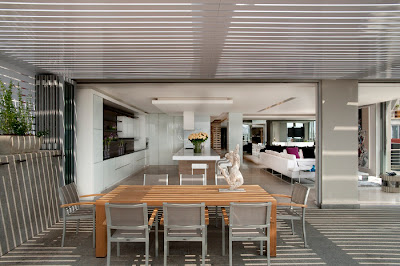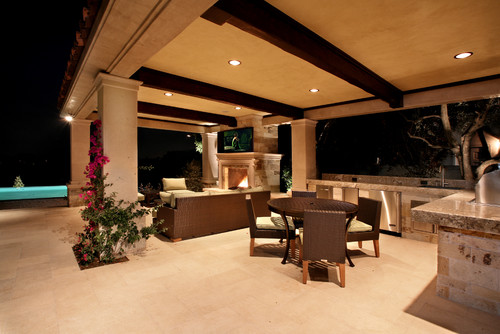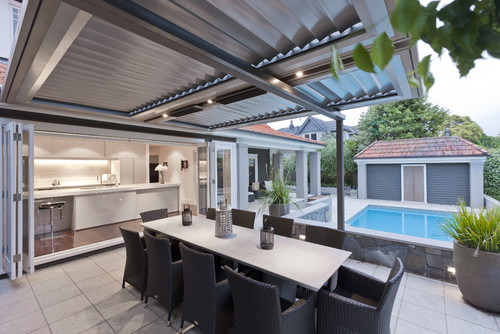If you were to walk down any street in the US and ask each person you encountered..."bath or shower?" You would obviously get some strange looks, but after their judgment subsided you would more than likely here that Americans prefer showers. Don't get me wrong, the thought of a nice warm relaxing bath sounds amazing to almost everyone, but how often does the average person have time to indulge? According to several of the web surveys this last year, not very often. As a matter of fact there has been quite a stir in the industry regarding whether or not Master Baths really need a master bath. Lately I've had several clients ask me which option was more prudent.............and, I got nothing!
So being without a good answer or an answer period, I thought I would research the issues to help my clients as well as myself process this enigma.
Here we go,
..............to bath or not to bath.

1. Comfort. How can you duplicate the emotions created when someone visualizes slipping into a warm bath? The nurturing embrace, the soothing sounds, the soft light, and the relaxing ambiance. Whether you prefer the simplicity of a spout and a drain, or the pulsating pressure of air and jets, when you think of a master bedroom without a tub nearby, you feel deprived. After all, it's just what you're used to whether you use it or not.
2. Space. Tubs do take up a great deal of space. Not just expendable space either, precious master bathroom space. Think of all the things you could do in a bathroom with extra space. How about making your shower larger for starters. Now a day, showers are every bit as relaxing as bathtubs. With options like multiple shower heads, handheld heads, rain heads, up-heads, steamers, and bench seating, one might feel as if they haven't given up their tub at all. You could add a built in cabinet, or a piece of furniture to complete your bathroom. If you're a product junkie you're always looking for places to store shampoo, shower gel, lotion, hair spray, makeup, blow-dryers, flatirons, and every other item that helps avoid the day starting off on the wrong foot.
3. Cleaning. One less thing to clean. Hallelujah!
 4. Resale. I've had several clients ask if by removing the tub in the Master would affect the resale value of their home. Obviously not having an item that people may expect could influence potential buyers. However, if your home has a bath, it's just not in the master, it's tough to make a case that any value would be lost. Most online comments were very consistent in the fact that homeowners would gladly trade their tub for a nicer shower. However, no forum was without the proverbial bath enthusiast that vowed absolutely loyalty to their fiberglass goddess. Therefore if you are planning on selling your home with a master bathroom less a master bath you should expect to see the initial raised eyebrow from potential buyers. But in the end the consensus seemed to be that your home would sell in the same time frame and for the same amount as it would have otherwise.
4. Resale. I've had several clients ask if by removing the tub in the Master would affect the resale value of their home. Obviously not having an item that people may expect could influence potential buyers. However, if your home has a bath, it's just not in the master, it's tough to make a case that any value would be lost. Most online comments were very consistent in the fact that homeowners would gladly trade their tub for a nicer shower. However, no forum was without the proverbial bath enthusiast that vowed absolutely loyalty to their fiberglass goddess. Therefore if you are planning on selling your home with a master bathroom less a master bath you should expect to see the initial raised eyebrow from potential buyers. But in the end the consensus seemed to be that your home would sell in the same time frame and for the same amount as it would have otherwise.
5. Expense. Eliminating a tub and fixtures would definitely save on cost, but ultimately you may be incurring additional expense enlarging your shower or by adding additional elements to your bathroom. Therefore it would be a less compelling argument to claim cost as a proponent for excluding a tub in the master bath.
So after processing this conundrum it seems as though the decision to retain or eliminate your master tub ultimately depends on your personal preferences.
But the one repeating headline is that more and more homes are being renovated and built without master tubs. Even though the tub will never vanish, it certainly looks as though their role in the master bath is being redefined.
So how do you define your tub?
by Drew Paulos
r e • v ī v e
def. ( r i -viv’ ) transformation of living space
















 An updated bathroom has good lighting...and just what is good lighting? The textbook answer is 70-80 foot candles but how much light is that? It is the most light needed anywhere in you house, it is the same amount of light needed at the kitchen sink! It is four to five times the amount of light needed in a bedroom.
An updated bathroom has good lighting...and just what is good lighting? The textbook answer is 70-80 foot candles but how much light is that? It is the most light needed anywhere in you house, it is the same amount of light needed at the kitchen sink! It is four to five times the amount of light needed in a bedroom.